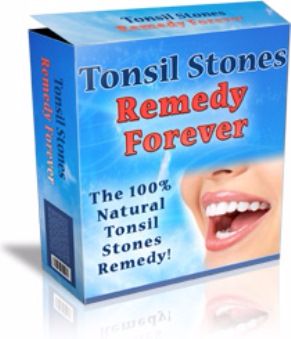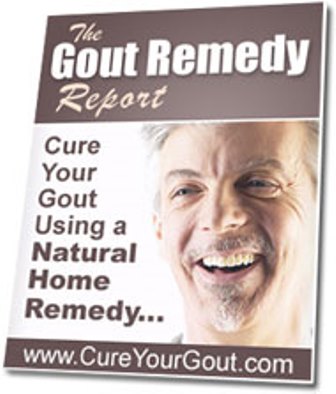Homeopathy is often confused with home remedies and herbal remedies or nutritional therapy or with the broad field of natural or alternative medicine. Instead, homeopathy is an advanced system of natural medicine of its own. It is radically different from any other system of medicine and has been proven effective, and gentle for over 200 years across the world.
When homeopathy is practiced at its highest standards, it is the treatment of choice to recover one’s health from the great majority of acute and chronic diseases. Homeopathy is a scientific method of treatment based on the universal Law Of Similar meaning “like cures like.” Even if you have never heard of it, most likely you are familiar with its effects. For instance, when you badly knock your head against a cabinet, you put as much pressure onto the bump as you can stand to prevent a huge swelling of the bumped area. You react with a mild bump to the severe bump.
Another example: Let’s take a look at onions. When you chop an onion, pretty soon you will have burning eyes and tears, as well as a runny nose. These are some of the symptoms onions cause in a healthy person. When you have a condition with symptoms of a watery runny nose and burning streaming eyes (such as in hay fever or cold) similar to what you get from cutting an onion, the homeopathic remedy corresponds to your condition and is the curative homeopathic remedy.
This is exactly what homeopathy does: the curative homeopathy medicine will be one that matches in detail the characteristic symptoms from which the patient is suffering. By thy way, there is a new book “The Oxy Solution” which was published a few months ago. I highly recommend Kevin Richardson’s guide to everyone who wants to boost their immune system.
The homeopathic method uses remedial doses based on symptoms that are considered signals to the source problem. Homeopathy is based on the principle that “like treats like”. Like treating a hangover by drinking a small amount of alcohol, or “hair of the dog,” homeopathy uses tiny amounts of natural substances to cure the disorder. Symptoms are essential for finding the curative homeopathic remedy. They are signals from your body indicating a cure is required from a particular stimulus. The stimulus triggers your natural defense mechanism/immunity (vital force) to do the healing.
For cure, symptoms need to be overcome by your body’s healing forces. The well-chosen homeopathic remedy triggers your body to do its own healing. Otherwise, if symptoms are suppressed, they tend to return in a form worse than previously experienced. For instance, many times eczema occurs after skin symptoms have been suppressed by topical treatment.
Once a health problem is overcome by using a homeopathic remedy, not only will the symptoms disappear, but your overall health will be at a higher level than before the illness. Homeopathic remedies often are a highly diluted dose prepared in a special way to unfold their curative effects. This makes homeopathy one of the most gentle and most safe medicines there is.
Homeopathy’s roots emerge from the findings, teachings, and writings of Dr. Samuel Hahnemann (1755-1843). Dr. Samuel Hahnemann stood on the shoulders of those before him, namely Hippocrates and Paracelsus. He was a physician, chemist, and scientific translator. Hahnemann graduated from medical school in 1779 and started his own medical practice. Soon Dr. Hahnemann was disillusioned with the medical practice of his day and he quit practicing it. Instead, he began working as a chemist while translating medical texts. Hahnemann was fluent in eight languages which enabled him to source information from medical texts originating in other countries.
When Hahnemann was translating William Cullen’s Materia Medica into German, he questioned Cullen’s explanation of the health effects of the cinchona bark in the treatment of malaria. Cullen said it was the bitter ingredients of the bark that caused the curing of malaria. Hahnemann didn’t believe in this explanation and decided to investigate the effects of cinchona bark himself.
Hahnemann ingested the bark as a healthy person and discovered that malaria medicine cinchona bark caused symptoms similar to malaria. This was the first application of the ancient law of “similia similibus currentur” in medicine which is the Latin phrase meaning “let likes be cured by likes.” He continued his research into “cures” and the idea of “similar suffering,” and began compiling his findings. After six years of intense research, he published his findings in 1796, which was to become the birthday of homeopathy. He resumed medical practice only after he had discovered and observed the laws of homeopathy.





